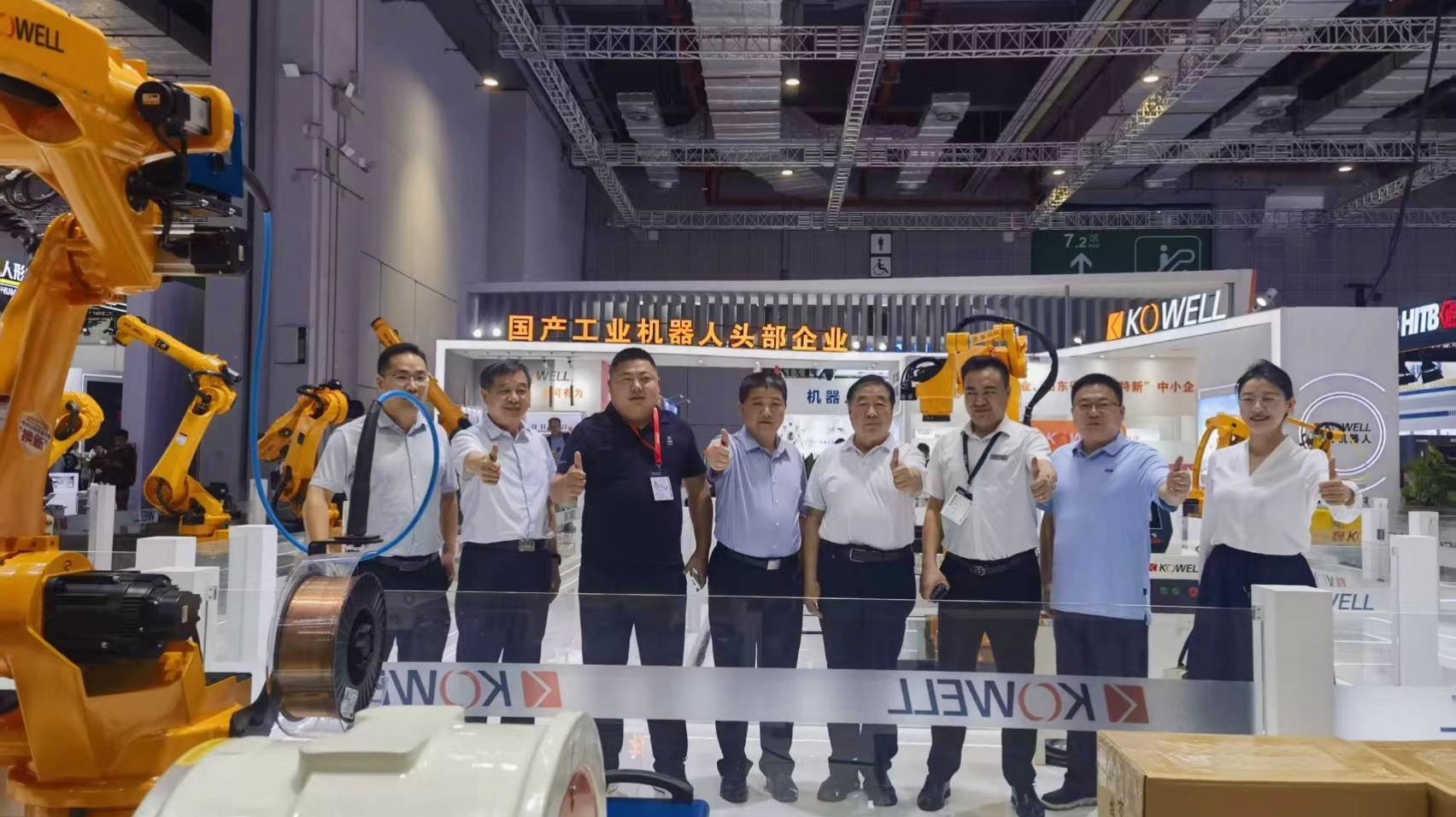1. From Mechanical Action to the Birth of a Sense of Rhythm
Deep within modern manufacturing systems, change doesn't always manifest itself in a blatant, noisy manner. Sometimes, it unfolds in more subtle ways—a shift in rhythm, the awakening of logic, and the interaction between systems, no longer based on commands but on perception. The core of this change lies in the structural upgrade of automated cells. They are no longer simply mechanical entities that execute actions, but rather, through learning, judgment, and collaboration, they form a new language of manufacturing.
In the past, production lines were linear. Information flowed from top to bottom, and equipment was merely the execution terminal. Commands were issued, actions occurred, and the process was closed. Today's automated cells, however, have given manufacturing the ability to "rhythm." This rhythm isn't simply a speed cadence, but rather an internal logical coordination—the arrangement of actions, the optimization of paths, and the self-responsiveness of links. It signifies that production lines are shifting from passive control to active scheduling, from process compliance to process self-regulation.
2. The Awakening of Logic: A New Decision-Making Node in Automated Cell Production Lines
The key to this change lies in the activation of the logic layer of the automated cell. In the past, its mission was to "do," but now it's starting to "think." Through real-time perception and adjustment of task sequences, action paths, and tempo balance, automated cells have become miniature decision-making nodes within the manufacturing field. Collaboration between these cells no longer relies solely on a core command system, but instead achieves system-level dynamic balance through information feedback and local optimization. The "rhythm" of manufacturing is born from these tiny time differences and spatial reconstructions.
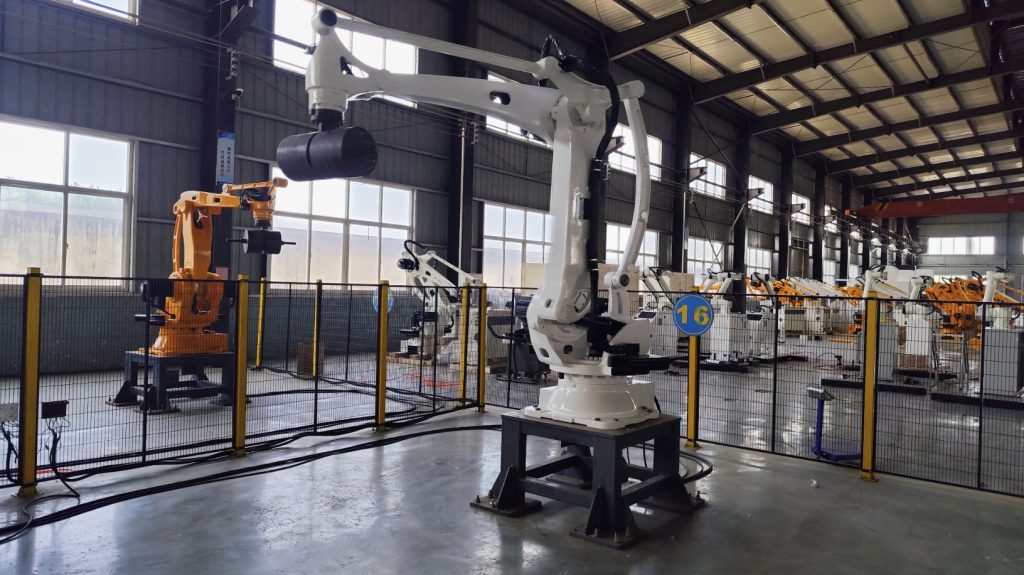
3. Rhythmic Manufacturing: A New Order Beyond Efficiency
The logical awakening of automated cells is imbuing manufacturing systems with a new sense of order. Production is no longer a monotonous chain of processes, but a dynamic structure with self-regulating capabilities. Each cell both performs tasks and provides feedback, adhering to overall logic while also exercising local judgment. This systematic perception is blurring the lines between "command and execution," transforming manufacturing from a linear process into a multi-dimensional collaborative one.
Underlying this lies a fundamental shift in manufacturing philosophy. Traditionally, "efficiency" has been considered the core goal, and all technological innovations have been geared towards faster production tempos. But in the era of automated cells, rhythm no longer means speed, but rather a balance between order and adaptability. The "rhythmization" of manufacturing is essentially a system learning how to coexist with uncertainty: when production tasks, product categories, and batches change rapidly, automated cells can maintain overall stability through local adjustments, making manufacturing flexible and resilient.
4. Human-Machine Resonance: Redefining Roles
Notably, the logical awakening of automated cells is also reshaping the human-machine relationship. Humans are withdrawing from the core of the process, not being replaced, but rather being liberated to the logic and design layers. The rhythm of mechanical execution is fulfilled by the cells, while the human rhythm shifts to thinking, optimization, and innovation. The future of manufacturing may no longer be a division of labor between humans and machines, but rather a resonance of their rhythms: humans set the logic, the cells operate autonomously, and the overall system continuously adjusts to reach a new equilibrium.
5. System Awakening: The Next Evolution of Manufacturing
When manufacturing begins to develop a rhythm, it signifies its ability to "understand." The awakening of automated cells is not merely an expansion of functionality, but a leap forward in manufacturing civilization—from mechanization to logic, from linear control to dynamic coordination, and from single-point improvement to system learning. The future of manufacturing may no longer require directing, but simply guidance. Rhythm has become the new language; logic has become the new driving force.
Automated cells are no longer the arms of production, but the nerves of manufacturing. They sense change, process information, coordinate rhythm, and form an overall rhythm through local adaptation. It is in these subtle yet precise logical fluctuations that the boundaries of manufacturing are being redrawn.
When systems begin to find their own balance, and when rhythm becomes a means of communication, we truly stand at the threshold of the next era of manufacturing.
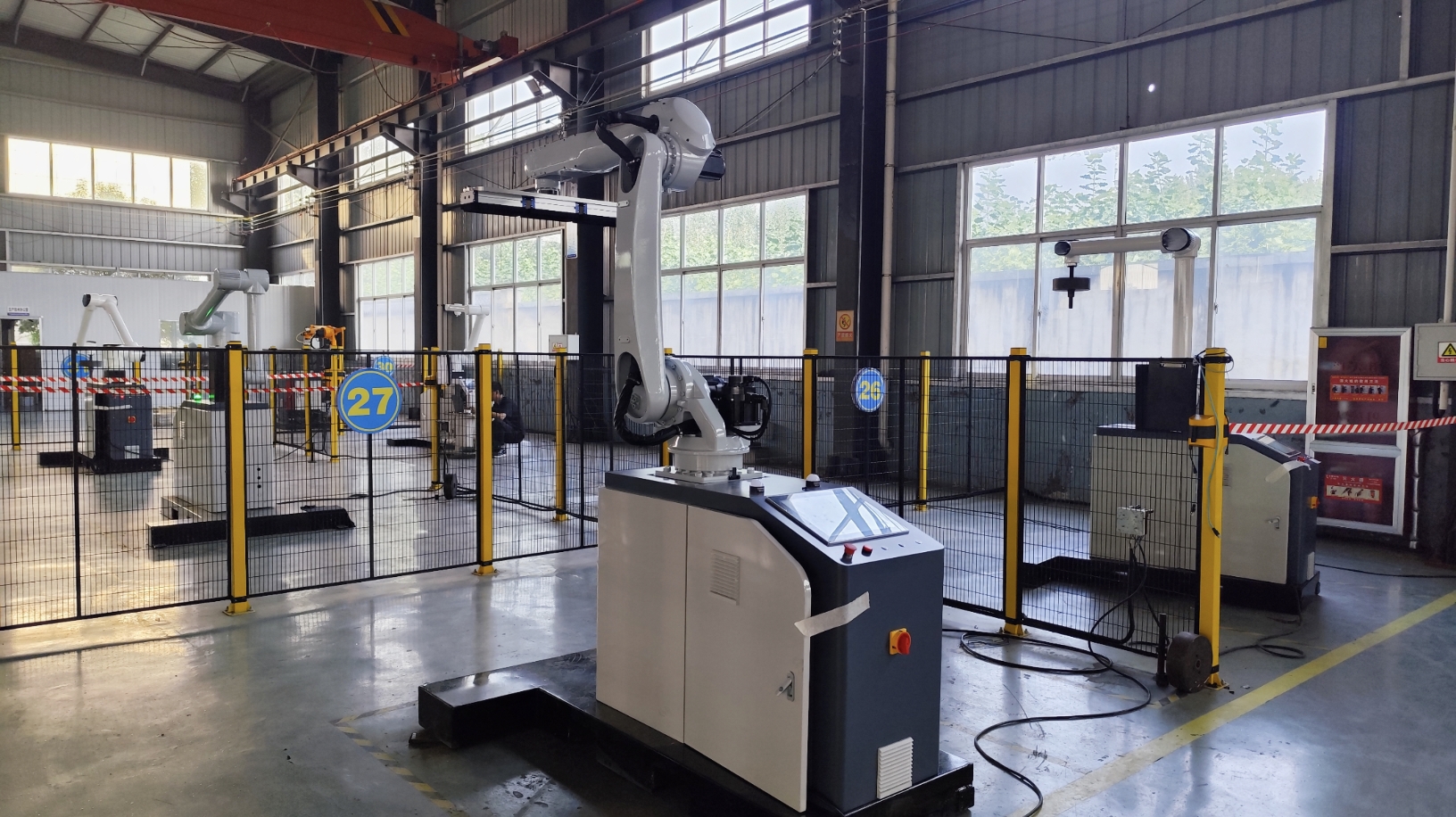
Online Consultation
Hello, the current customer service is offline. You can leave your contact information and the staff will respond to you as soon as possible!



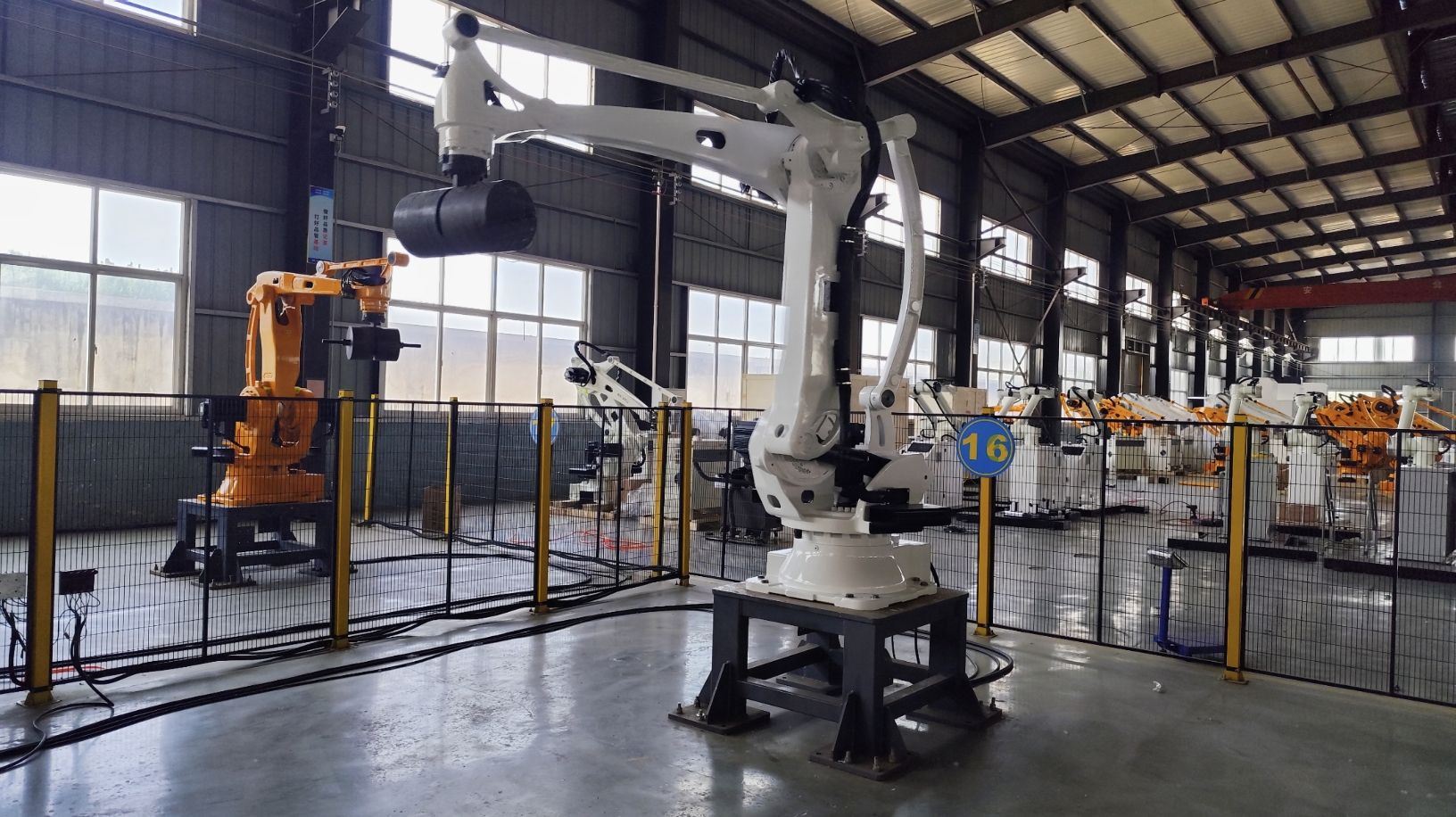
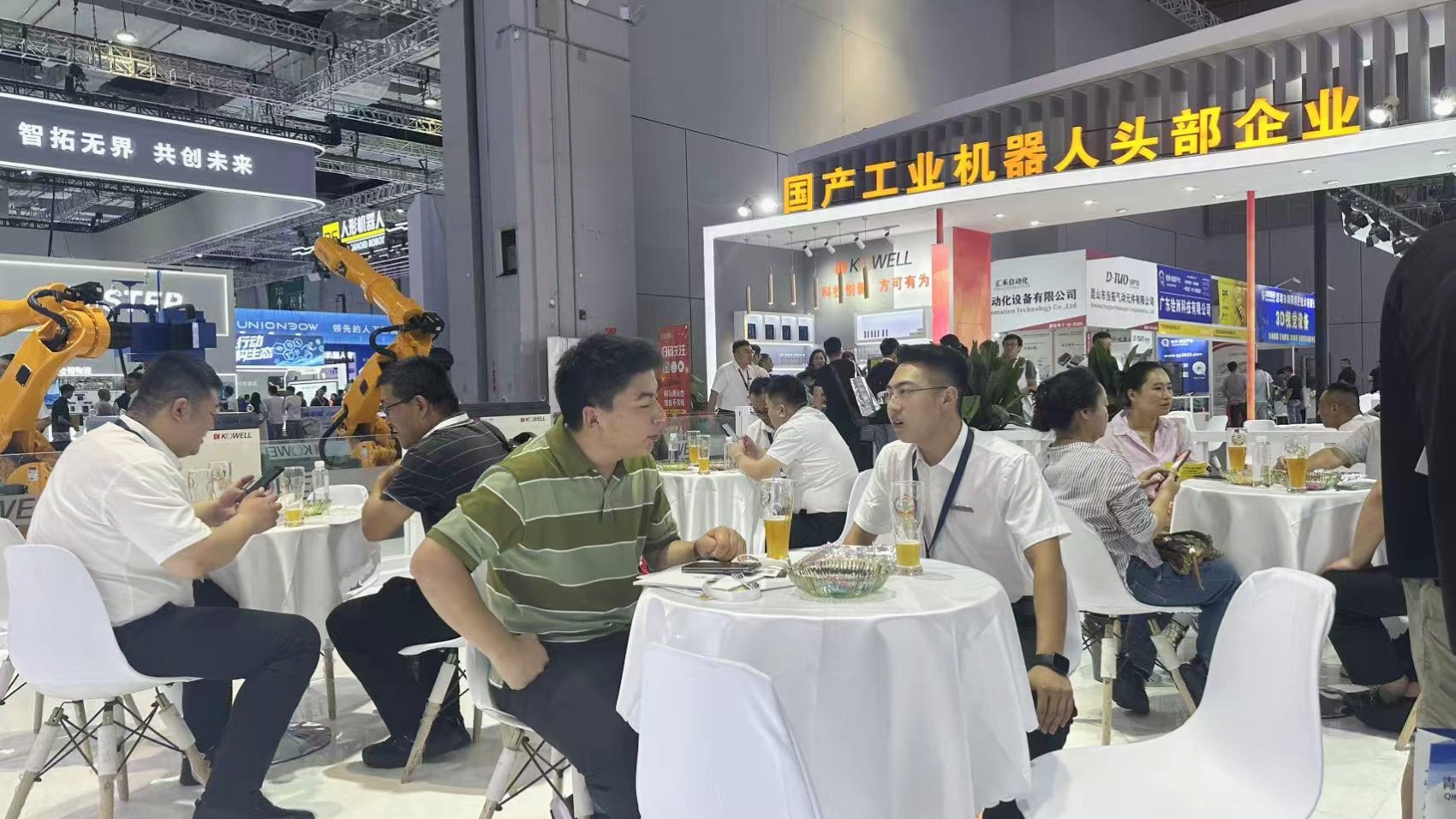
![[CIIF Day 4: Technology In-Depth] Kewei Robotics Drives Intelligent Manufacturing with Innovation, Leading the Wave of Industrial Transformation](https://cdn.cnyandex.com/kw_en/uploads/9.26.1.jpg)
